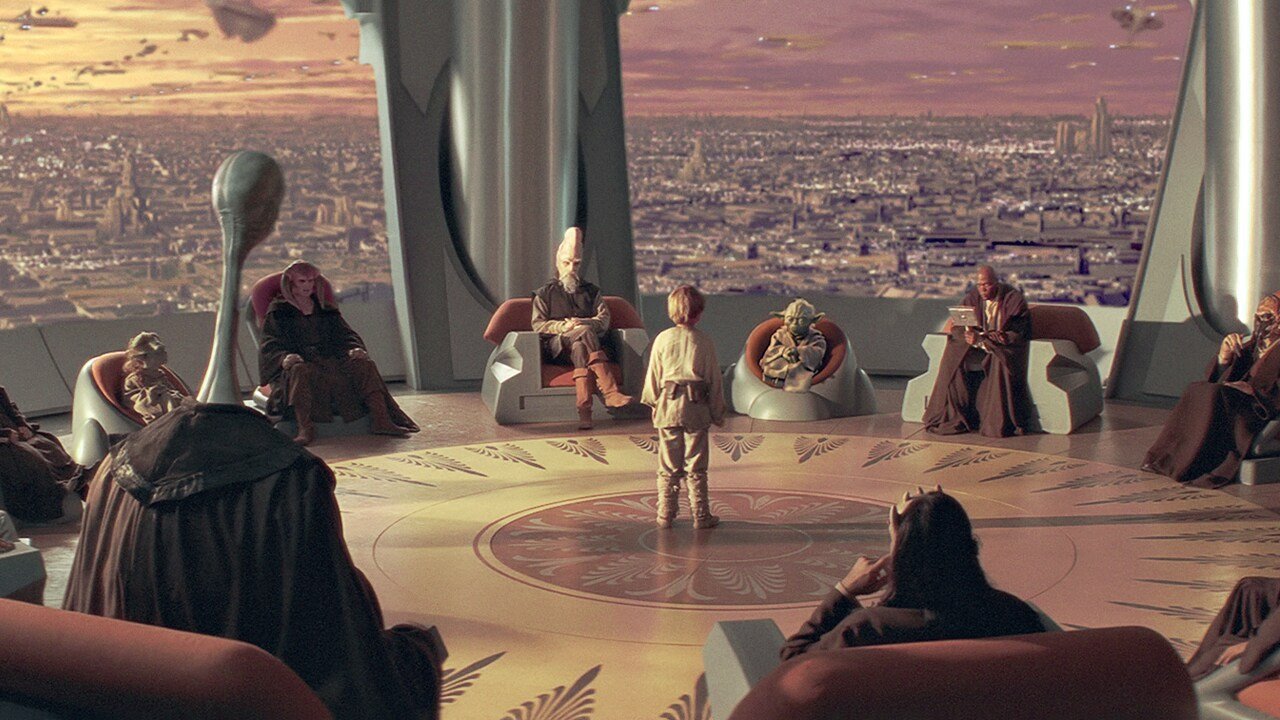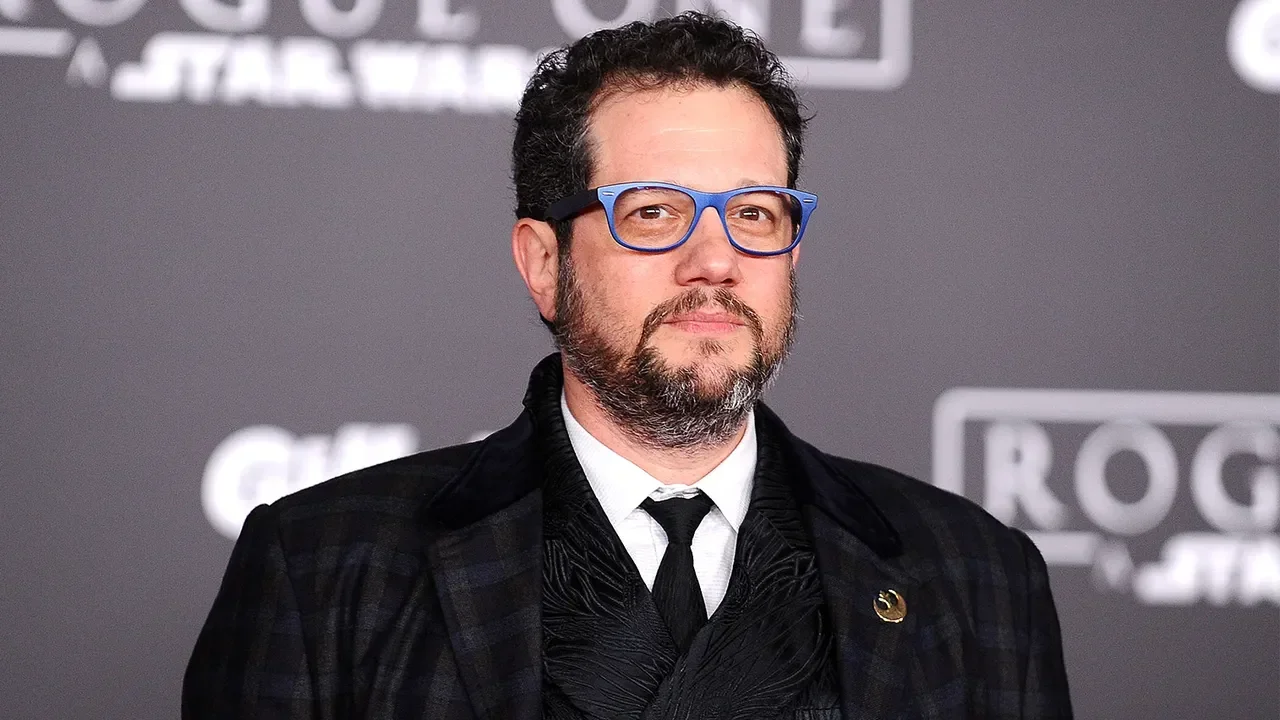Is ‘Solo: A Star Wars Story' Really All That Bad?
Image Source: Wallpapers Den
After Disney acquired Lucasfilm from George Lucas in 2012 and began creating new Star Wars content, the Star Wars franchise seemed to be riding the highs for a while, particularly after the smashing success of their newly announced movie plan, which at the time was to release a new Star Wars movie every year, with odd years being for Skywalker Saga movies and even years being standalone “Star Wars Stories” standalone films. For at least a while, the formula was having a lot of success, with both the new Skywalker Saga entry, The Force Awakens (2015), and the first standalone film, Rogue One (2016), both seeing massive success at the box office. The party, however, seemed to come to a crash with the polarizing Skywalker Saga film, The Last Jedi (2017), and the next standalone film, released only a few months afterward, Solo: A Star Wars Story (2018), which told the story of Han Solo’s early years, long before joining the Rebellion.
Whether it was a result of Solo: A Star Wars Story having been released so soon following the polarizing The Last Jedi (2017) or other reasons, Solo: A Star Wars Story did not perform well at the box office and is generally considered by fans to be a mediocre entry into the Star Wars canon. It currently sports a 69% on Rotten Tomatoes and an audience score of 63%, with the critic consensus from the site that it is a “flawed yet fun and fast-paced space adventure.”
RELATED:
Some of the criticisms that have been made since the film’s release have included a variety of things, such as the movie’s explanation of how Han, who is portrayed as an orphan at the beginning of the film, got his famous last name, that it was “safe” and “pointless,” that it wasted good talent such as actor Donald Glover as Lando, and bad or flat jokes. Even the music score, completed by composer John Powell (How To Train Your Dragon), except for a Han Solo Theme created by Star Wars maestro John Williams, was panned as not tonally consistent with the movie. Despite these criticisms, the film is not without reasons to see the film and why the film may be better than many people might think.
Lando
Image Source: Wallpapers Den
Far from being “wasted,” Donald Glover is good as a younger Lando Calrissian, and the interaction between him and Alden Ehrenreich as Han was pretty good. We also learned that Han winning the Falcon was not as easy as we might have originally thought.
The Millenium Falcon
We get to see the famous “piece of junk”, the Millenium Falcon, in its glory days, when it looked cleaner and its color was more brilliant, especially on the outside. We also found out that the center section between the prongs at the front of the ship was a detachable pod. Another interesting thing we later learn about the Falcon is that Lando’s droid companion, L3’s, brain was downloaded into the Falcon and became the “brain” of the ship, something that I hope is followed up on in future Star Wars content at some point. However, it does give a new meaning to C3-P0’s comment in The Empire Strikes Back about the Falcon’s computer having “the most peculiar dialect.”
Qi’ra And Crimson Dawn
Image Source: Wallpapers Den
The film introduced a new love interest for Han, Qi’ra, which also led to the introduction of the new shadowy criminal organization, Crimson Dawn, whom Qi’ra is discovered to be part of years after she and Han were separated. Paul Bettany does a magnificent job as Qi’ra’s menacing but sophisticated boss, Dryden Vos. The stunning reveal at the end of the film that it is Maul, not Vos who is the actual head of the organization made things even more intriguing. If you watch the final Mandalore arc of The Clone Wars carefully, you can catch Maul conferring via hologram with the heads of the other criminal organizations supporting him, including Vos.
Qi’ra and Crimson Dawn have since been explored more in the comics, and Qi’ra was featured in the Forces of Destiny animated shorts. However, it would also be nice to see Qi’ra again in a live-action or animated series. The fact that Emilia Clarke, the former “Mother of Dragons,” Daenerys Targaryen, from Game of Thrones makes it more exciting to have her become part of the Star Wars franchise.
Enfys Nest
Image Source: Wallpapers Den
Another interesting character introduced in Solo: A Star Wars Story was Enfys Nest (Erin Kellyman), leader of a group of marauders who are fighting the Empire and its allies such as Crimson Dawn, and shows up towards the beginning of the film thwarting Beckett and his gang’s disastrous attempt to steal Coaxium for Crimson Dawn. The fact that Nest turns out to not only not be a villain (even though she is acting against the “heroes”), but a teenage girl leading her ragtag biker gang against the Empire and its allies in her small rebellion makes for an interesting reveal. She is another character that would be good to flesh out in future Star Wars content, even if not connected to Han and his adventures.
Han Solo
Image Source: Wallpapers Den
While some people have been critical of Alden Ehrenreich and his portrayal of Han, I think he was quite good in the role. Sure, he isn’t Harrison Ford, nor is he quite the same Solo we see in A New Hope and beyond. However, since this was a prequel movie, I feel these criticisms are unimportant. First, there should not have been any real expectation that Ford would reprise the role as a de-aged Solo. Technical complications aside from a de-aged character carrying an entire film, Ford finally got his long-stated wish to exit the franchise with Han’s death in The Force Awakens and it never seemed likely that he would choose to take on another Star Wars film, aside from his brief cameo in The Rise of Skywalker.
Also, given that the film is set a significant amount of time before A New Hope, it makes sense that, personality-wise, Han is not the same scoundrel that we know from A New Hope. Some have suggested that Han should have already become a bit more cynical and rough because of his harsh childhood experiences and his later betrayal and abandonment by Qi’ra. However, I think that I appreciated Han’s more humorous and naive personality in the film, as opposed to being a cynical scoundrel. I also like how they brought back some iconic lines from the Original Trilogy but put a different spin on them such as Han having a “good feeling” and Lando and Han recreating the iconic “I know” from The Empire Strikes Back, except as a response to Lando telling Han that he hates him. I also loved seeing the start of his lifelong friendship with Chewbacca and their humorous introduction to one another.
Origin Story
One of the long-standing criticisms of the film, interestingly, has been that the film hit all the Solo backstory story beats in one movie, such as Han meeting Chewbacca and becoming close friends, Han winning the Millenium Falcon from Lando, and Han infamously making the Kessel Run in 12 parsecs. My question in response to this criticism is always, why would anybody not want a Han Solo origin film that does not include all those things? As a lifelong Star Wars fan, I cannot imagine a Han Solo origin film without hitting all these beats and probably would have been disappointed if they had not. I probably would have been even more so since it does not appear like we will ever be getting a sequel, at least not in terms of a big-screen film.
The Score
While some people did not like the (mostly) John Williams-less score for the film, I grew to enjoy it. It has some exciting action cues, composer John Powell (How To Train Your Dragon) crafted a new Star Wars love theme, this time for Han and Qi’ra and their bittersweet romance, and a choral theme for Enfys Nest and her gang of swoop riders. The score also incorporates a lot of classic Star Wars cues throughout the movie, especially during the climactic Kessel Run, which has traces of The Asteroid Field from The Empire Strikes Back. There is a glimpse of the Imperial motif from A New Hope while Beckett and his gang attempt to hijack the Imperial trains. The scene featuring Maul also features a snippet of Duel of the Fates from The Phantom Menace.
Image Source: Wallpapers Den
READ NEXT:
Source(s): Rotten Tomatoes, The Gamer, What Culture, Looper


















